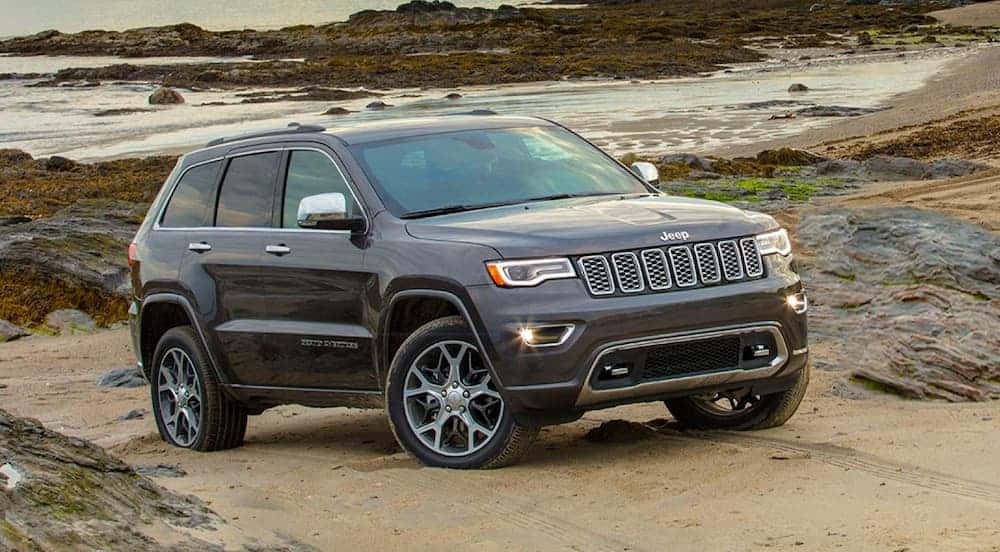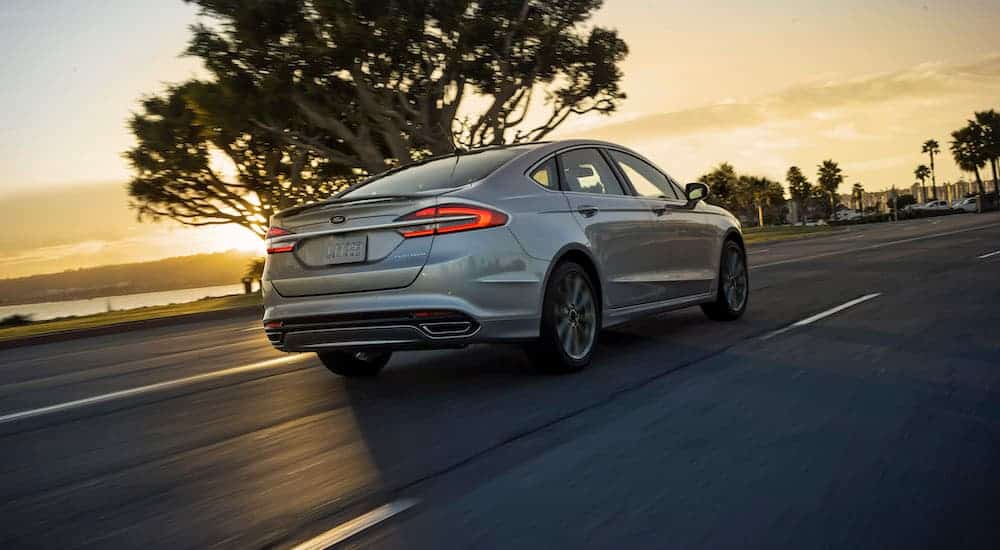The number of options and choices you have available to you when shopping for a vehicle can be quite staggering and quickly seem overwhelming. Even before you start looking at different makes and models, and various model years when approaching your options, you have decisions to make just regarding the condition of the vehicle. New, used, pre-owned, certified pre-owned (CPO) – so many choices, and what’s the difference? Good question…
Today, I’m going to take you through the different options you have when looking at vehicles in terms of their condition and get into what each term means. Although I’ll cover all of them, I’m going to spend a little extra time reviewing what a certified pre-owned vehicle is and what it offers you as a car buyer. By the end of this, you’ll have a good sense of what each of these terms mean and maybe know which one is right for you. Then all you have to do is decide on the type, size, design, style, configuration, make, model, trim, and which additional options you might want.
New
Let’s start with the easiest one: “new” or “brand new” (they mean the same thing). A new model is a vehicle that has never been sold before – simple, right? These are vehicles sent from the factory to a dealership by the original manufacturer of the car. They’re typically from the current model year, though models from last year might be available at a dealership and still be new if they’ve never been sold or owned by anyone else.
As you would probably expect, this is the most expensive option for a vehicle, but you never have to wonder about what another driver might’ve done to it. A new car comes with warranty coverage from the original manufacturer. You can have it serviced while under warranty at a low price, or potentially with no out-of-pocket cost, depending on the terms.

Used
A used vehicle is one that has been owned, or at least used extensively, by another driver before it is sold to you. This can be a vehicle that someone else owned outright or drove while paying off a loan, owned it, then sold it to a dealership, or even a car that was used on a lease for a few years and is now available for sale. Whatever the previous owning condition may have been, the point is that you’re not the first owner or long-term user of the vehicle.
The advantage of a used model is that it is less expensive than the same vehicle was when offered as new, sometimes significantly less. Of course, the major downside is that another person owned and drove the car, perhaps for quite a few years, before you ever set eyes on it. While you can check a vehicle history report, have a mechanic look at it, and be cautious about your selection, you can never completely know what that car has been through. This uncertainty can be stressful for people that prefer the peace of mind that comes with a new model, but others feel it’s a small price to pay for the lower price of a used car.
Pre-Owned
A pre-owned model is a used model. Seriously, there’s no difference. Dealerships simply prefer the term “pre-owned” because it sounds a little nicer than “used.” But “pre-owned” is exactly the same as “used.”
Certified Pre-Owned
The word “certified,” however, does make a big difference, and a certified pre-owned vehicle is absolutely not the same as a used model. A CPO car, truck, or SUV is one that has been owned or used long-term (such as on a lease) by another driver and then returned to a dealership or sold back to the dealer and manufacturer. What sets a certified pre-owned model apart, however, is that it has passed a series of requirements and inspections to ensure it is in the best condition possible, and it was some warranty protection.
Exact specifics on what sets a CPO model apart from other used options depend on the manufacturer, but they all have certain things in common. In general, a CPO vehicle cannot be older than a certain age and cannot have more than a certain number of miles on it. These limits both depend on the manufacturer, and some brands are stricter than others as you might expect.
In addition to these requirements, a certified pre-owned vehicle will also need to pass a rigorous inspection inside and out, including mechanical and electrical systems, to ensure it is of the highest quality. This will often require that the upholstery and interior are not damaged or stained, that routine maintenance and service has been performed, and that any necessary recall notifications for repairs have been followed. The exact specifics of the inspection can vary from one manufacturer to another, but they all typically include the same general points and have the same overall purpose.
Finally, a certified pre-owned vehicle will also include some kind of warranty coverage from the manufacturer. The exact terms of this coverage can vary quite a bit, and it might include a bumper-to-bumper warranty, powertrain warranty, or both. This is one of the things that really set a CPO model apart: the manufacturer backs up the quality of the vehicle with a warranty to show you their confidence in it, which can potentially save you money and should give you greater peace of mind than with a standard used model.

Differences in CPO Options
When looking at certified pre-owned vehicles, it’s important to note that the details and specifics of certification can vary from one manufacturer to another. This is true in terms of age, mileage, and the specifics of the inspection needed for certification. For example, luxury manufacturers usually require that a vehicle be newer and have fewer miles on it for certification than other brands. You can see this in some of the following requirements (these are accurate right now, but could change):
- BMW: No more than 4 years old, fewer than 60,000 miles, 196-point inspection
- Mercedes-Benz: No more than 6 years old, fewer than 75,000 miles, 162-point inspection
- Cadillac: No more than 4 years old, fewer than 50,000 miles, 172-point inspection
- Kia: No more than 5 years old, fewer than 60,000 miles, 164-point inspection
- Toyota: No more than 6 years old, fewer than 85,000 miles, 160-point inspection
- Ford: No more than 6 years old, fewer than 80,000 miles, 172-point inspection
- Chevy: No more than 6 years old, fewer than 75,000 miles, 172-point inspection
You can see that these all have similar practices, but there are some fairly substantial differences in terms of the age and mileage allowed on their vehicles that can qualify as CPO options. Similarly, you’ll find very different terms regarding the kind of warranty coverage that each manufacturer provides on their CPO models – not only the length but also when the coverage starts and what it includes. It’s important to really look at all of these details for each manufacturer when considering your options.
Which One is Right for You?
In large part, the answer to this depends on your needs, budget, and situation. A new car certainly gives you unbeatable peace of mind, but it costs the most, and you lose the most in depreciation. A used model saves you money, but the unknown aspect can be a concern and may result in higher costs down the road. With a certified pre-owned model, you get the best of both worlds: a lower price than a new vehicle and with greater peace of mind than a used car.



